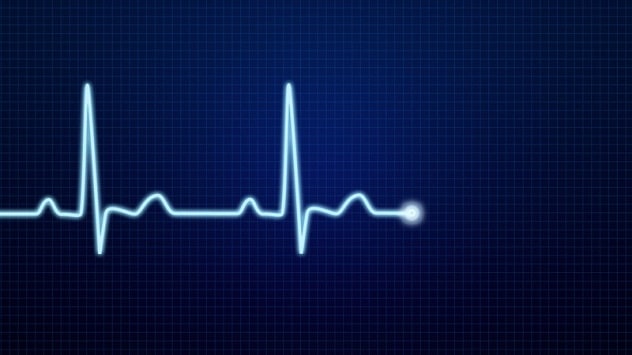Jan. 17, 2024
In this Q&A, Daniel Stephens, M.D., adult trauma medical director and trauma surgeon at Mayo Clinic in Minnesota, shares insights on managing a myocardial infarction (MI) in a patient who has experienced traumatic injury.
How does an MI intersect with trauma?
 Accidente de automóvil
Accidente de automóvil
El diagnóstico puede ser difícil cuando el paciente tuvo una lesión traumática, como en el caso de un accidente automovilístico, y un infarto de miocardio.
The classic presentation is an individual has a heart attack while driving, then crashes the car.
There also are other scenarios where this occurs in reverse: A hit to the chest in a traumatic incident — causing hemodynamic instability — prompts a heart attack. A traumatic injury to the heart, which may occur in a penetrating injury such as a bullet wound or a blunt injury such as significant force to the chest from a vehicle's steering wheel, also can trigger an MI. Injury can stress the body, and blood loss or hypotension can stress the heart and cause an MI or place other non-MI stresses on the heart.
It's rare for trauma to the chest to cause blockage. But severe pain and endorphins — or low blood pressure — can lead to MI, especially for those whose blood pressure is borderline.
How useful is imaging to determine if a patient with a traumatic injury has had an MI?
Imaging for MI diagnosis can be limited and nonspecific, so it's hard to determine through this means.
What are other signs of MI in a patient who has experienced trauma?
 Electrocardiograma
Electrocardiograma
El electrocardiograma es un factor fundamental para el diagnóstico de un infarto de miocardio en un paciente que tuvo una lesión traumática.
Even if awake, a patient who's been involved in a traumatic incident and had an MI may or may not have symptoms to tip us off. I'd suggest watching for an inconclusive physical exam, nonspecific labs, and either an electrocardiogram (ECG) that is nonspecific or has clear signs of MI. An ECG is not standard in trauma by any means, and its use requires good clinical judgment and experience.
What process is necessary to determine if a patient has had an MI?
An MI can be challenging to diagnose. You need to be very thoughtful. Focus on the common medical and trauma evaluations. The general principles of this process are:
- Perform the ABCDEs of trauma assessment. This evaluation is the most important first step.
- Conduct imaging, depending on presentation. Review with a radiologist — even if off-site at the time — before proceeding to discuss findings, recommendations and care plans. If you believe it may be a high-risk situation, look at the imaging with colleagues, too.
- Consider blood thinners or thrombolytics. If you determine a patient has had an MI, administer one of these agents.
We take a holistic approach to patients and consider what's most life-threatening. Emergency department healthcare professionals start with a broad differential and go from there.
Any suggestions to ensure a patient does not have hidden bleeding?
This involves a careful review of the imaging, mechanism of injury and patient presentation. Consider imaging again shortly after surgery to ensure there's no bleeding.
How do you determine when to send a patient to the cardiac catheterization laboratory (cath lab)?
If patients have injuries with bleeding that is controllable, superficial or compressible, it's appropriate to send them to the cath lab if you determine more cardiac testing is warranted. This decision is typically a group decision by trauma, emergency medicine, cardiology and surgical services.
How do you differentiate MI and other chest pain?
This can be a challenge. Chest wall trauma can make it hard. The electrocardiogram and echocardiogram may be nonspecific. A transthoracic echocardiogram is the most specific but involves intubation and can be costly. Look for structural abnormalities in the heart, such as valve rupture and aortic aneurysm.
Any suggestions if the patient has had an ST elevation myocardial infarction — a STEMI?
For a STEMI — a complete blockage of a medium to large artery and the most severe type of MI — I'd use an anti-platelet or anti-thrombolytic agent. It would be rare if a patient developed a STEMI from trauma, but it can happen if an individual is diagnosed with anemia or hypotension and incurs blood loss.
Is there anything else you'd suggest to prepare for a patient who's had a traumatic injury and has experienced an MI?
The Advanced Trauma Life Support (ATLS) course could help with awareness of the possibility of MI.
Where should patients who've experienced an MI and a traumatic injury be seen?
This depends on the degree of threat to life and need for specialty care. If you are managing the patient's care at your facility and need remote consult, consider initiating TeleEM, an emergency telemedicine consult service with a Mayo Clinic physician.
For more information
Refer a patient to Mayo Clinic.